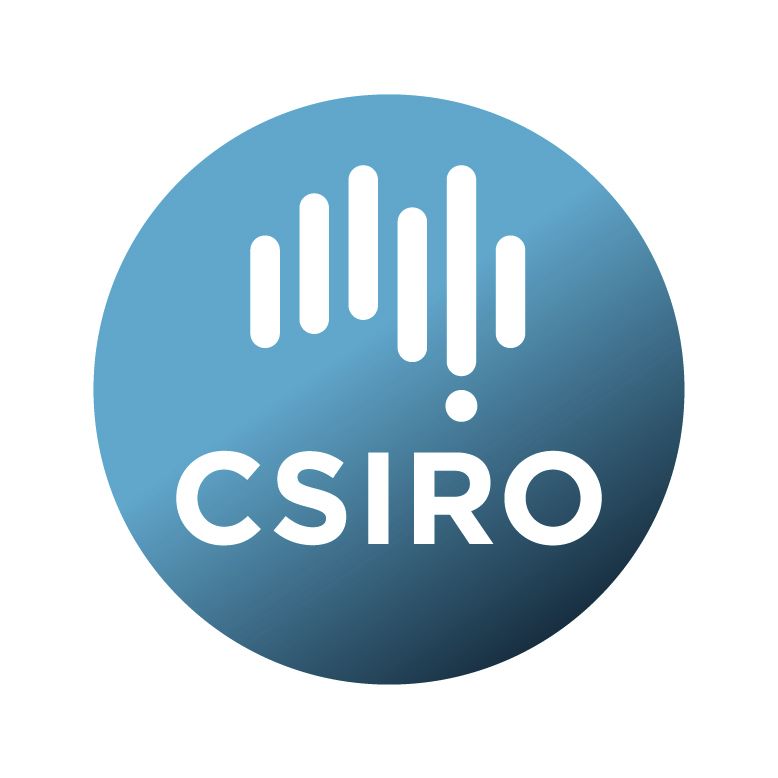Brief description
The spatial distribution of neutral gas is important for understanding the interstellar medium (ISM) evolution and star formation. However, the distribution of Tiny Scale Atomic Structures (TSAS), especially the extremely small scale structures with spatial scales ranging from a few to hundreds of AU are largely unexplored. The formation and evolution of TSAS are still on an active debate. Multi-epoch observations of HI absorption against pulsars are a tested, practical observational method to probe the TSAS, due to pulsar’s nature on-off state and proper motions of 1 to 100 AU per year. The new Parkes UWL receiver has a powerful capability to simultaneously observe not only the HI line, but nearly all the CH lines, the four L-band OH lines, several dozen C and H recombination lines, and possibly even denser tracers such as ammonia and formaldehyde. Detecting any of those along with the HI absorption would represent a major leap in our understanding of TSAS. A particularly interesting possibility is that we might discover molecular absorption associated with TSAS, which would then imply that TSAS are not transient structures. We thus propose two epoch observations, which are separated by about five months, for four bright pulsars with the new Parkes UWL receiver using multiple spectral windows for probing structures ranging from 0.5 to 500 AU, monitoring the evolution of a known TSAS traced by PSR B1557-50, and try and detect other interstellar molecules in the TSAS.Available: 2019-09-19
Data time period: 2019-04-01 to 2019-09-30
Subjects
Astronomical Sciences |
Astronomical Sciences Not Elsewhere Classified |
P1014_2019APRS |
Physical Sciences |
interstellar medium in and around the Milky Way |
neutron stars |
pulsars |
User Contributed Tags
Login to tag this record with meaningful keywords to make it easier to discover
Identifiers
- DOI : 10.25919/5D832A332681F

- Handle : 102.100.100/201796

- URL : data.csiro.au/collection/csiro:41348



